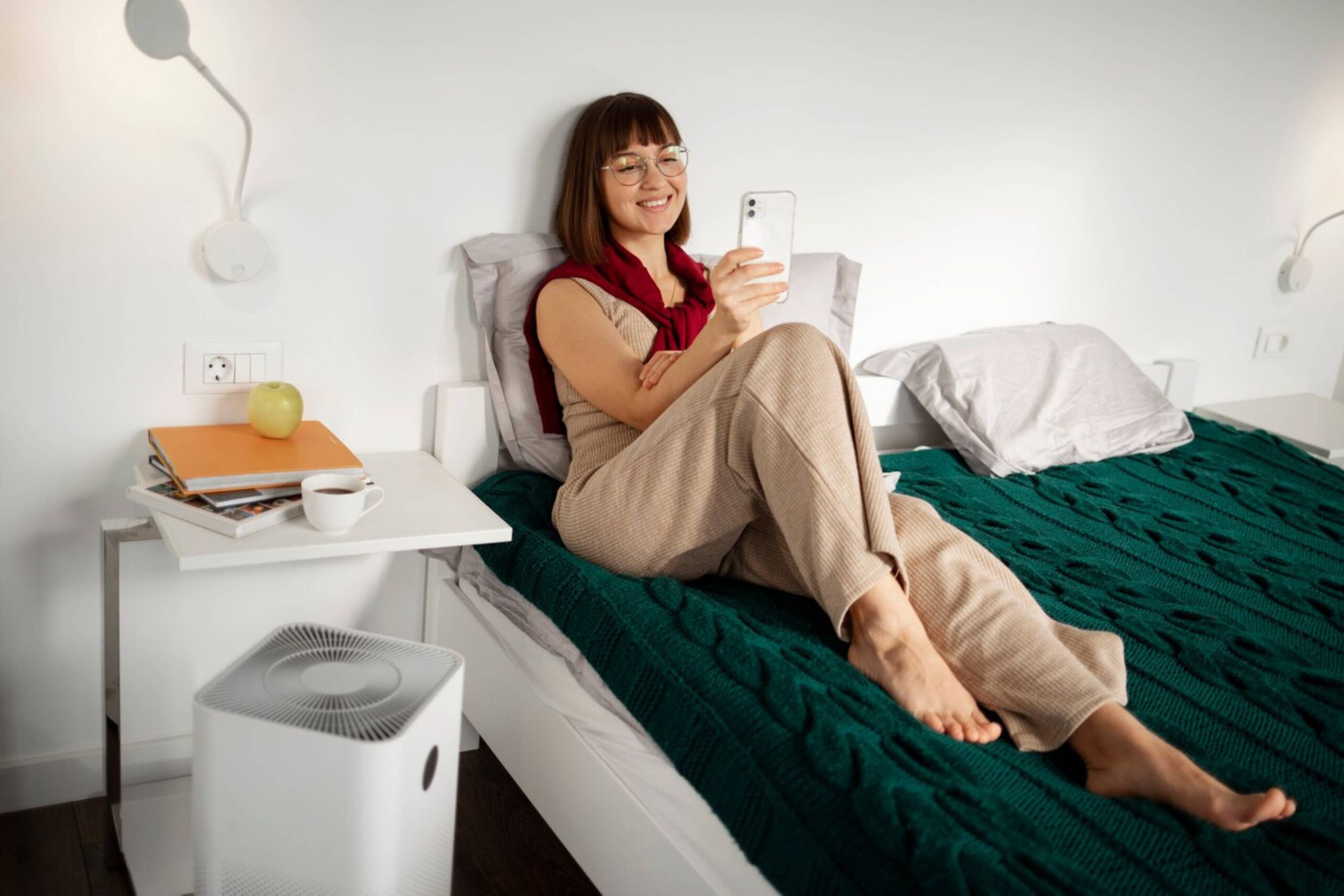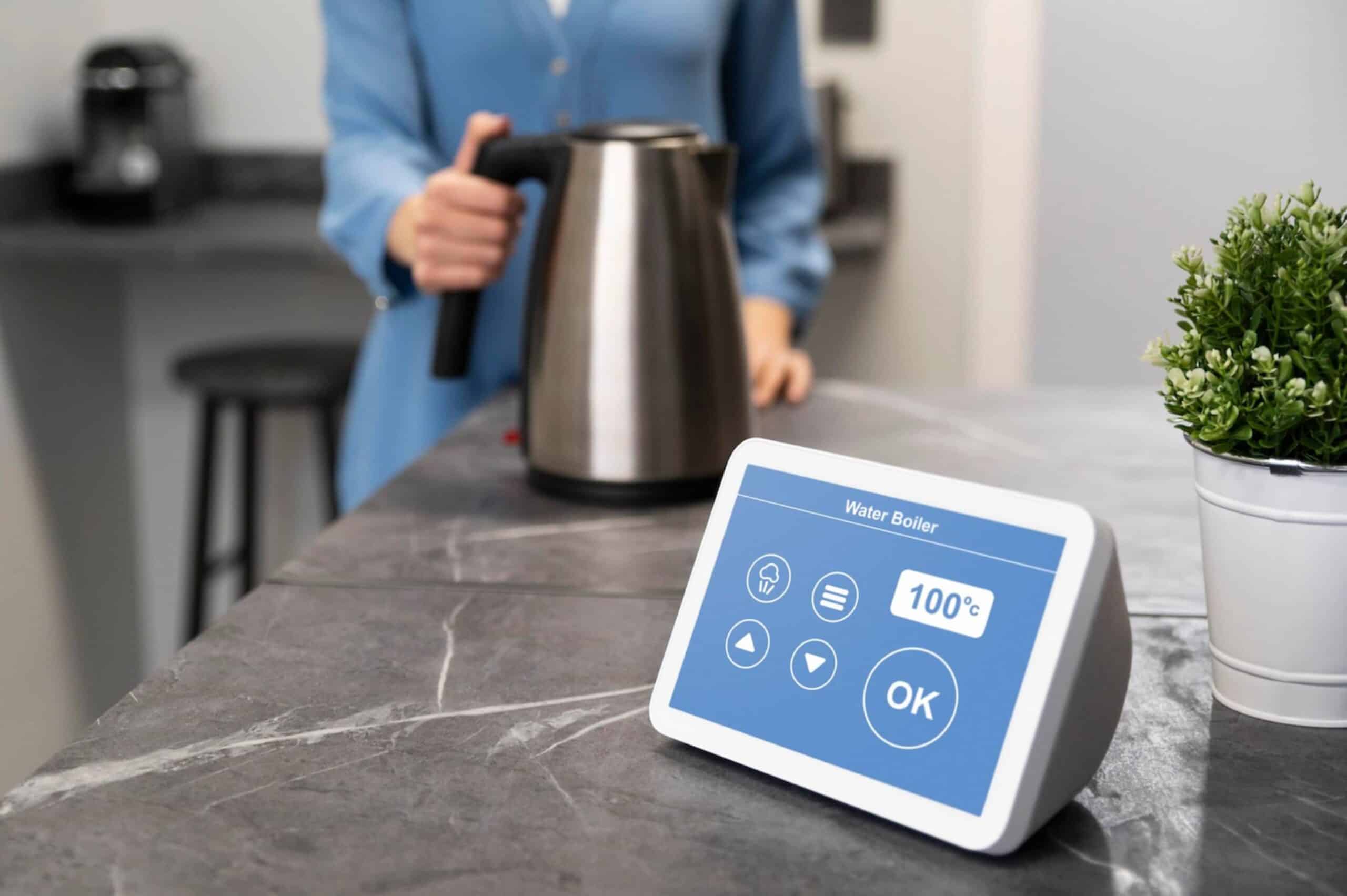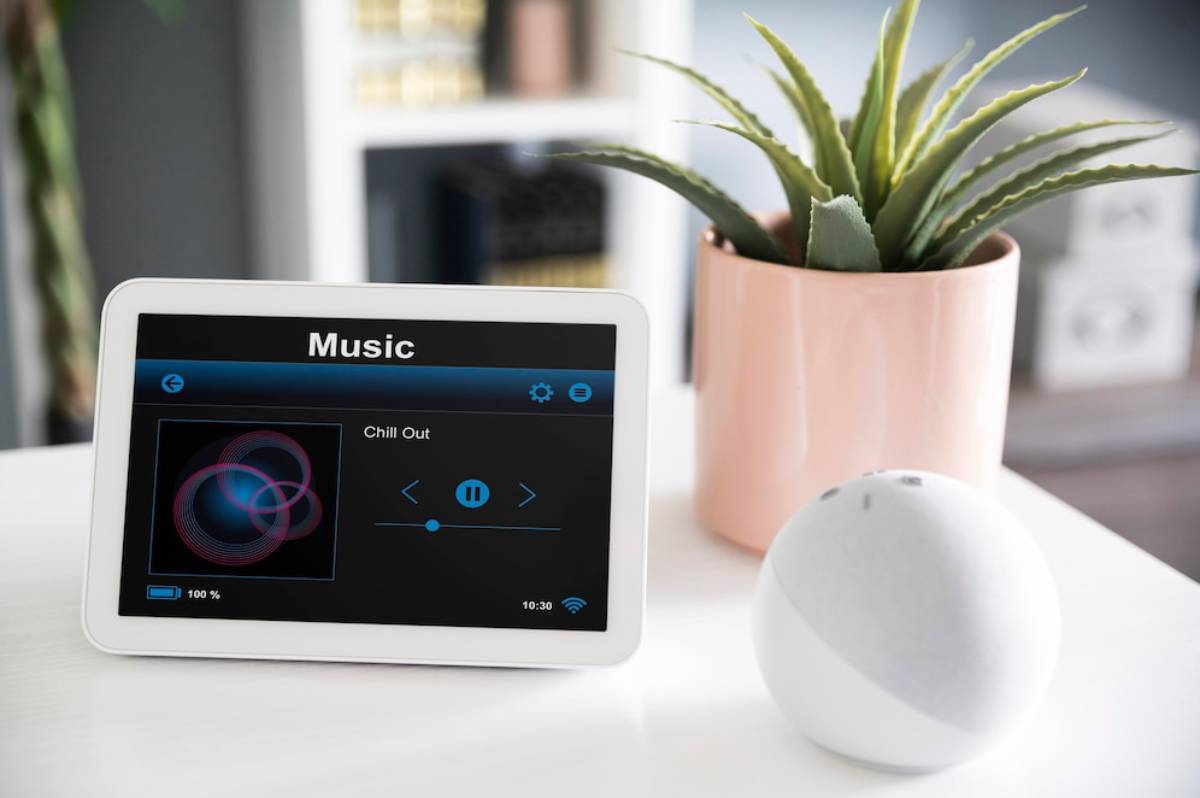
Best Smart Air Purifiers for Allergen Control
Indoor air quality is often overlooked—but for allergy sufferers, it can make all the difference. From pollen and dust to pet dander and mould spores, allergens in the air can affect everything from sleep quality to daily wellbeing. That’s where smart air purifiers come in.
Designed to clean the air and monitor pollution in real time, these connected devices offer more than just filtration—they give you control, insight, and peace of mind. In this guide, we explore the best air purifiers of 2025, looking closely at their effectiveness, smart features, and ability to support allergen control.
Why Smart Air Purifiers Matter
Clean air isn’t just a luxury—it’s essential for health. Especially for people with asthma, hay fever, or sensitivity to airborne particles, reducing allergens can ease breathing and improve daily comfort.
While traditional purifiers work on fixed speeds or timers, smart air purifiers go a step further. They use built-in sensors to detect air quality, adjust performance automatically, and keep you informed through smartphone apps. Some even connect to voice assistants, making clean air as simple as saying a command.
In modern homes, especially in urban or allergy-prone environments, smart purifiers offer an easy, effective solution for healthier living.
Real-Life Applications of Allergen Control Devices

Smart air purifiers are more than just high-tech gadgets—they’re practical tools used in homes around the world to target allergens at the source.
- Bedroom comfort: Run purifiers overnight to reduce allergens that trigger sneezing, congestion, or disturbed sleep.
- Children’s rooms: Provide cleaner air for little ones prone to asthma or seasonal allergies.
- Home offices: Improve air quality in workspaces where ventilation may be limited.
- Living areas: Keep common spaces fresh and allergen-free, especially if pets are present.
- Post-cleaning freshness: Use after vacuuming or dusting to capture fine particles stirred into the air.
From daily allergy management to improving general well-being, these devices are a valuable addition to any home.
Key Benefits of Today’s Best Smart Air Purifiers
1. Real-Time Air Quality Monitoring
Most smart air purifiers feature built-in sensors that detect airborne pollutants like dust, pollen, smoke, and VOCs (volatile organic compounds). Readings are displayed via the app or on the device, allowing you to respond to changes quickly.
Some models even send push notifications if the air quality drops below a healthy level, making proactive allergen control easier than ever.
2. App and Voice Control

Control your purifier remotely with your smartphone or by using voice assistants like Alexa, Google Assistant, or Siri. Adjust fan speed, switch to night mode, or set timers—all without leaving your seat.
Apps also allow for scheduling, filtering status updates, and integration with other smart home routines.
3. Auto Mode and Adaptive Operation
The best purifiers automatically adjust speed based on air quality readings. During high-pollen days or post-pet grooming, the device boosts airflow to capture more allergens. When the air is clean, it slows down to save energy.
This hands-off approach ensures optimal performance at all times with minimal user input.
4. Multi-Stage Filtration
Smart purifiers typically include HEPA filters (removing 99.97% of particles as small as 0.3 microns), activated carbon for odours, and sometimes UV or ioniser functions for added protection.
Combined, these features make them highly effective allergen control devices, especially for homes with pets, smokers, or high pollen exposure.
Expert Tips for Getting the Most Out of Your Air Purifier
1. Choose the Right Room Size
Each air purifier is rated for a specific room size (measured in square metres or CADR rating). Ensure you choose a model appropriate for your space—oversizing is fine, but undersizing leads to poor results.
Bedrooms, offices, and lounges may each benefit from their own dedicated unit.
2. Run Continuously for Best Results
For ongoing allergen relief, don’t just run your purifier when symptoms flare. Continuous low-speed operation helps maintain a clean baseline, especially during peak allergy seasons.
Use auto mode to manage speed and noise without needing constant adjustments.
3. Maintain and Replace Filters
Smart apps usually notify you when filters need replacing, but don’t ignore this. A clogged filter reduces airflow and efficiency, making your purifier less effective.
Follow the manufacturer’s schedule, and consider buying filters in advance so you’re always ready.
4. Optimise Placement
Position your air purifier where airflow won’t be obstructed—away from curtains or corners. Try to place it near the centre of the room, or where allergens are most likely to accumulate (e.g. near a pet bed or open window).
For night use, ensure it’s placed safely and not blowing air directly at your face while sleeping.
Common Mistakes to Avoid
1. Buying the Wrong Type of Filter
Not all filters are created equal. For allergies, you need a True HEPA filter, not just HEPA-type or “HEPA-like” marketing terms. Look for official certifications when shopping.
Some purifiers focus more on odours or gases—great for cooking or smoke, but less effective for pollen and dust.
2. Relying on Air Purifiers Alone
While smart air purifiers are highly effective, they’re not a cure-all. Use them alongside other allergen control methods—like regular cleaning, dust-mite-proof bedding, and keeping windows shut during high-pollen days.
Integration with other smart devices (like humidity sensors or HVAC systems) can enhance results.
3. Ignoring Noise Levels
If you’re placing a purifier in a bedroom, pay close attention to its noise rating. Some units can be loud at higher speeds.
Look for models with “night mode” or quiet operation settings to avoid sleep disruption.
4. Not Using Smart Features
Many people buy a smart purifier and never connect it to Wi-Fi or use the app. Don’t miss out—smart features are what make these devices so convenient.
From scheduling to automation with other devices (like lights or thermostats), there’s real value in using all the features.
Advanced Insights: Best Smart Air Purifiers of 2025
Dyson Purifier Cool Formaldehyde
- HEPA + activated carbon + formaldehyde filter
- LCD screen + real-time AQI display
- App + voice control (Alexa, Google, Siri)
- Oscillating airflow for full-room coverage
Ideal for: Design-conscious users who want cooling and purification in one.
Levoit Core 400S
- H13 True HEPA filtration
- Quiet operation with Sleep Mode
- VeSync app + Alexa and Google support
- Covers medium to large rooms (up to 40m²)
Ideal for: Budget-friendly homes needing reliable allergen control.
Airthings View Plus + Blueair 311 Auto Bundle
- Separate sensor + purifier combo
- View Plus monitors radon, CO₂, pollen, PM2.5
- Blueair 311 Auto adjusts speed based on air quality
- Full smart integration and app tracking
Ideal for: Data-driven users who want detailed indoor air insights.
Coway Airmega 250S
- Max2 filter (HEPA + activated carbon)
- Smart auto mode + Eco mode
- SmartThings, Alexa, and app control
- Elegant design for modern homes
Ideal for: Allergy sufferers who want reliable performance with app-driven control.
Conclusion: Breathe Better, Live Smarter
Smart air purifiers offer far more than basic filtration. With real-time monitoring, intelligent automation, and hands-free control, they’ve become essential tools for maintaining healthy, allergen-free environments.
Whether you opt for a premium model like Dyson, a budget-friendly workhorse like Levoit, or a data-rich system like Airthings and Blueair, the best air purifiers of 2025 are built to deliver comfort, convenience, and cleaner air.
Choose a device that matches your space, sensitivity, and lifestyle—and breathe easy knowing your air is always under control.


